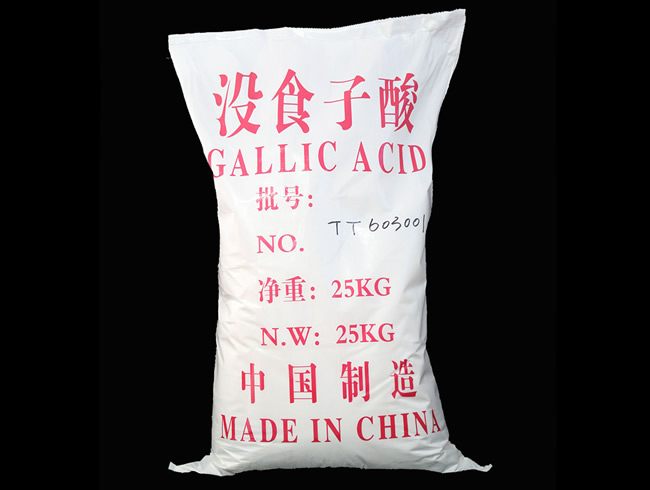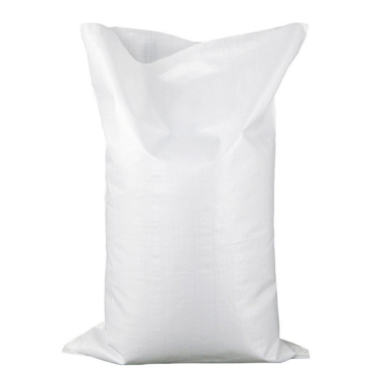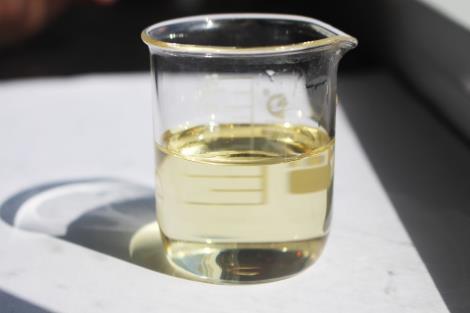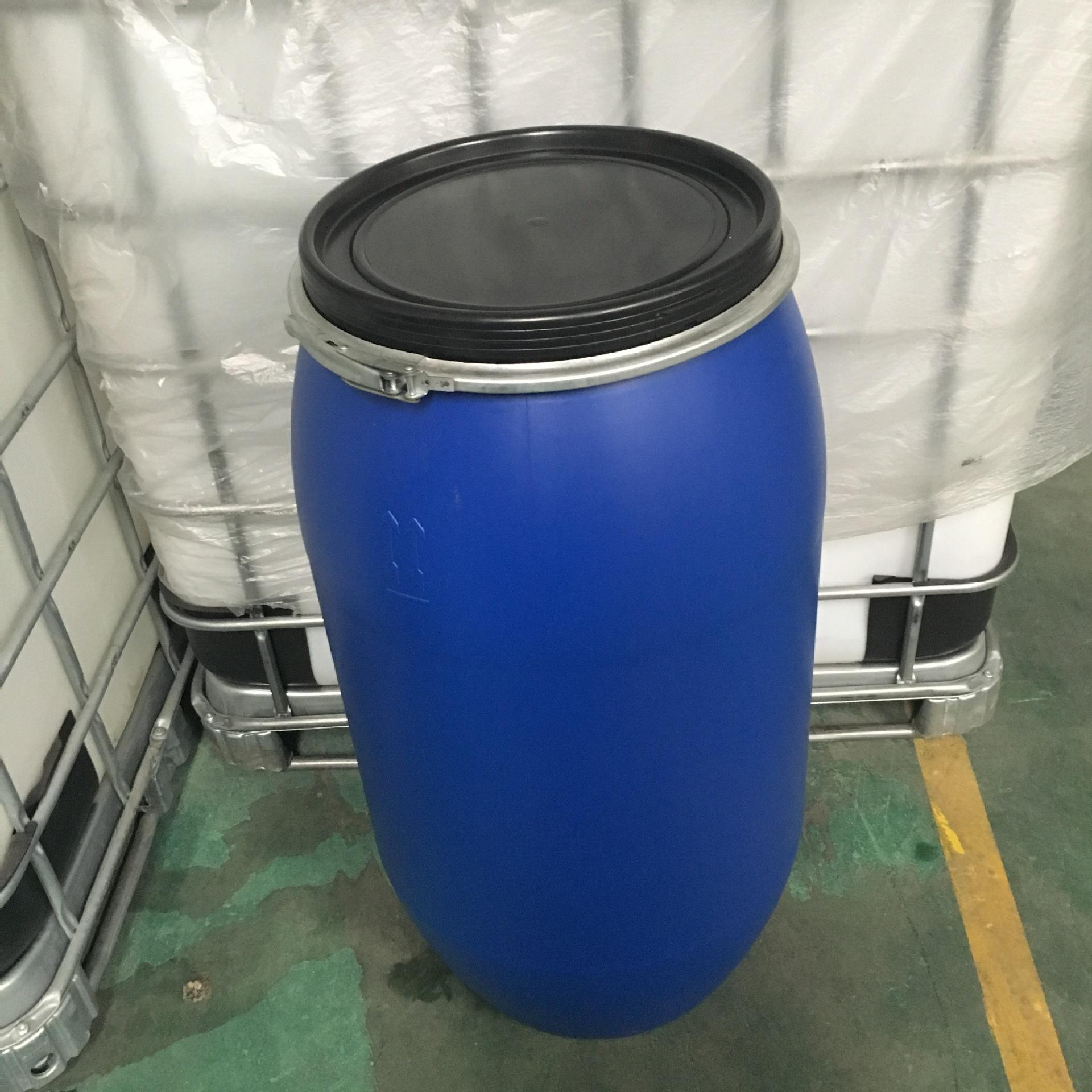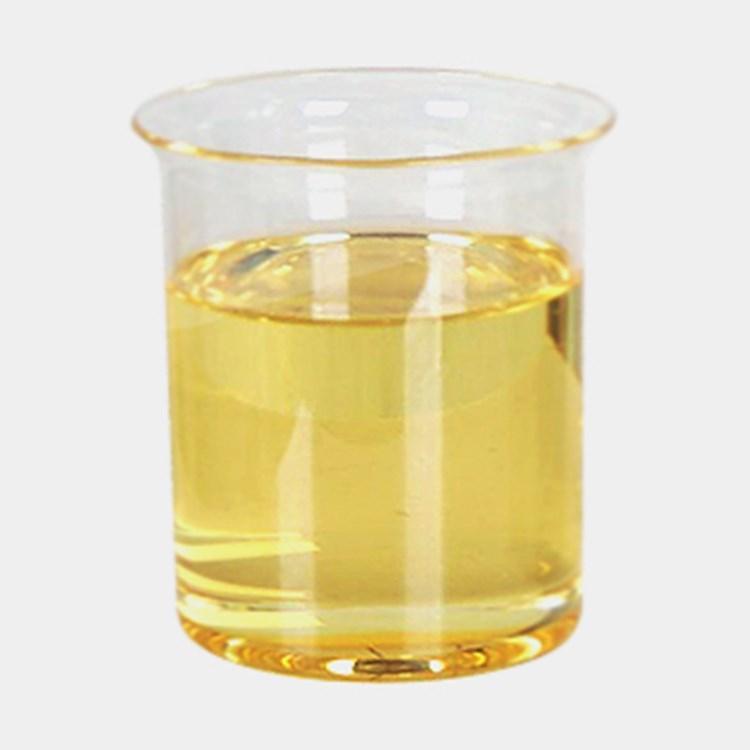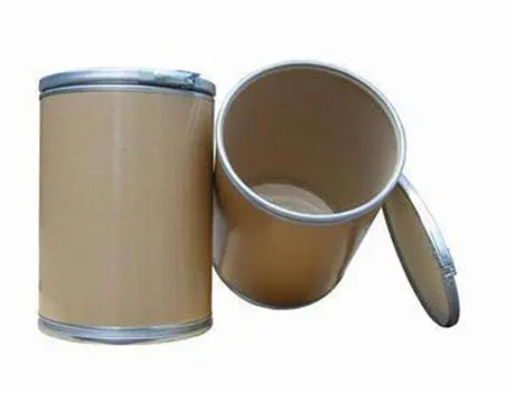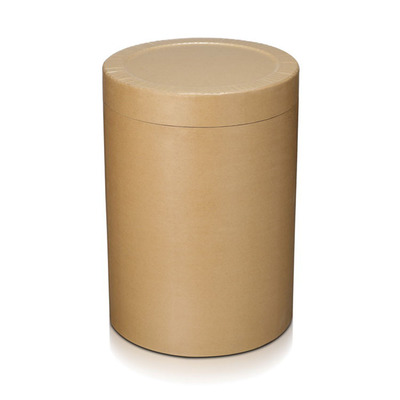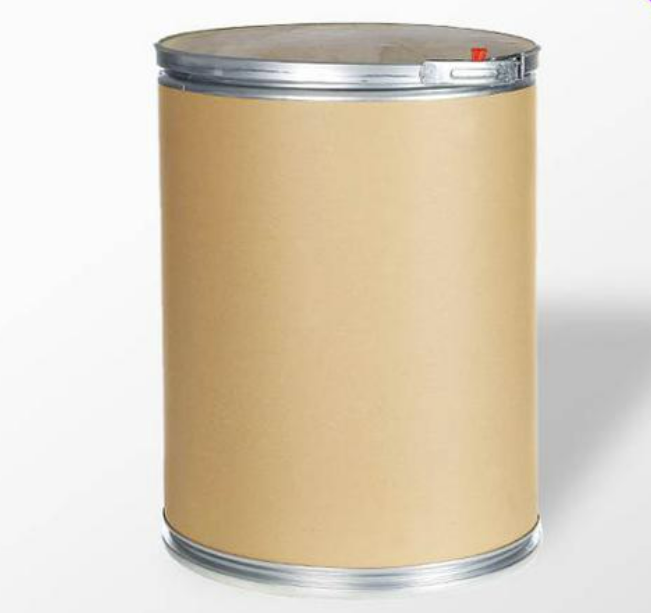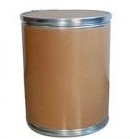CAS:5995-86-8
Molecular Formula:C7H8O6
Alias
More Information
Gallic Acid, Monohydrate, Crystal, Reagent, Acs; Gallic Acid Monohydrate Acs Reagent; Gallic Acid; 3,4,5-Trihydroxybenzoic acid,Hydrate; 3,4,5-Trihydroxybenzoic Acid Hydrate; 3,4,5-Trihydroxybenzoic Acid Monohydrate; Gallicum Acidum; 3,4,5-Trihydroxybenzoic Acid; Hydrate
Brief Introduction
Gallic acid, also known as gall acid or gallic acid, is an organic acid, which can be found in gall, hamamelis, lacquer tree, oak bark and tea. Gallic acid is easily soluble in water, alcohol and ether; It has the properties of phenol (easy to be oxidized and ferric chloride aqueous solution to form blue black precipitation) and carboxylic acid (lose carbon dioxide to form pyrogenic gallic acid when heated). Gallic acid can be used as developer, its alkaline bismuth salt is used as preservative, and is commonly used in the pharmaceutical industry. It is the raw material for manufacturing the hallucinogen mescalin.
Suppliers
View More Vendors (2) >
CAS:61788-66-7
Alias
More Information
Oleic acid; Fatty Acids, Vegetable-Oil; Fatty Amine; Exvegetable-Oil; Mixed Fatty Acids; Animal Fatty Acids; Industrial Fatty Acids; Environmental Friendly Fatty Acids
Brief Introduction
Oleic acid, a monounsaturated fatty acid (MUFA), exists in almost all vegetable oils and animal fats, and is rich in olive oil, palm oil and peanut oil.
Suppliers
View More Vendors (2) >
CAS:61788-85-0
Alias
More Information
Castoroil,Hydrogenated,Ethoxylated,Hco40; Cremophorrh40; Cremophorrh40/60; Hco40; Hco50; Cremophor RH40 (TN); Polyoxyl 40 Hydrogenated Castor oil; PEG-40 Hydrogenated Castor oil
Brief Introduction
Hydrogenated castor oil is a white to light yellow powder, block or sheet chemical. It plays the role of thickening, hardening and slow-release in the preparation, so it is used as thickener, hardening agent and slow-release agent for the preparation of semi-solid and solid preparations.
Suppliers
View More Vendors (2) >
CAS:69975-86-6
Molecular Formula:C11H14N4O4
Alias
More Information
Doxophylline; 2-(7’-Teofillinmetil)-1,3-Diossolano; Doxofyliine; 7-(1,3-Dioxolan-2-Ylmethyl)-1,3-Dimethyl-Purine-2,6-Dione; Doxofylline [7-(1,3-Dioxolan-2-Ylmethyl)-3,7-Dihydro-1,3-Dimethyl-1H-Purine-2,6-Dione]; Maxivent; Ansirnar
Brief Introduction
Doxofylline is a xanthine molecule that appears to be both bronchodilator and anti-inflammatory with an improved therapeutic window over conventional xanthines such as Theophylline and the evidence supporting the effects of Doxofylline in the treatment of lung diseases.
Suppliers
View More Vendors (2) >
CAS:73536-69-3
Molecular Formula:C20H18O10
Alias
More Information
Dimethyl-4,4'-Dimethoxy-5,6,5',6'-Dimethylene Dicarboxybiphenyl-2,2'-Dicarboxylate; Bifendatatum; Dimethyl 4,4'-Dimethoxy-5,6,5',6'-Dimethylenedioxybiphenylbiphenyl-2,2'-Dicarboxylate; Dimethyl 4,4'-Dimethoxy-5,6,5',6'-Dimethylenedioxybiphenyl-2,2'-Dicarboxylate; Methyl 7-Methoxy-4-(7-Methoxy-5-Methoxycarbonyl-1,3-Benzodioxol-4-yl)-1,3-Benzodioxole-5-Carboxylate; Biphenyldicarboxylate; Dimethyl 7,7'-Dimethoxy-[4,4'-Bibenzo[d][1,3]Dioxole]-5,5'-Dicarboxylate
Brief Introduction
It has the effect of reducing alanine aminotransferase. It has a significant and rapid effect on patients with elevated serum alanine aminotransferase caused by hepatitis or drugs, and has less adverse reactions. The curative effect is better than various commonly used hepatitis drugs. The enzyme lowering effect of this product increases gradually with the extension of the course of treatment. The effect is better for those with high single alanine aminotransferase. The curative effect of HBsAg negative was better than that of HBsAg positive. It can improve the main symptoms of hepatitis, but has no effect on the changes of liver and spleen enlargement.
Suppliers
View More Vendors (2) >
Inquiry (
10
/ 10
)
Clear All
Sign In
Error!

